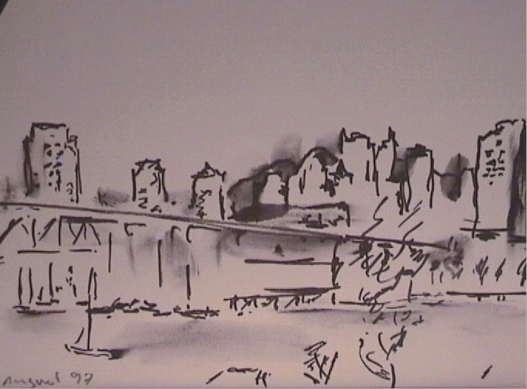PETER STRICKLAND
Wednesday, February 24th, 2016— The shooting and editing of my first film, Katalin Varga was entirely financed from inheriting a portion of my uncle’s semi-detached house in Coronation Road, Aldershot in the early 2000s. The house had history, as my uncle spent his whole life there. A physically and emotionally draining few weeks had been spent sifting through two generations of clutter that had accumulated into every nook and cranny of the house. In a trunk in the loft there was a scuffed notebook that reeked of damp, containing military drawings from The First World War. There was no name attached. The only clue in the drawings was the wording ‘23rd Field Company Royal Engineers’ and a date on each page. Bomb boxes, periscopes, pile drivers, portable artillery bridges, rifle racks, telescope cradles, snipers’ posts and so on were divorced from the horrific connotations of war by the sheer beauty and immaculate detail of the drawings. This was work you could hang on a wall despite its troubling context.
One of the drawings was loaned to Organum’s David Jackman in 2003 for his solo record, Edge of Nothing. Also, a segment of another drawing was used for one of our Sonic Catering releases.
It is one hundred years since this particular drawing was made and ten years since I shot Katalin Varga. The irony is that the sole purpose of the drawings in the notebook was to defeat the armies of the very land we shot our film in. Far from being the enemy, the ethnic Hungarians, Romanians and Hungarians from Hungary offered their time, talent and energy for a film that neither paid well nor had any guarantee of a future in front of an audience. We bickered a lot, but I’m eternally grateful to the cast and the ten crew/catering members – Anikó Bordos, Zsolt Páll, Márk Győri, András Szőke, Csaba Ványalós, Zoltán Karaszek, Dezső Gálfi, Zsolt Kiss, Botond Huszti and Marek Szold – from the summer of 2006 in Transylvania. It seems cruelly absurd to imagine our grandfathers once fought against one another.
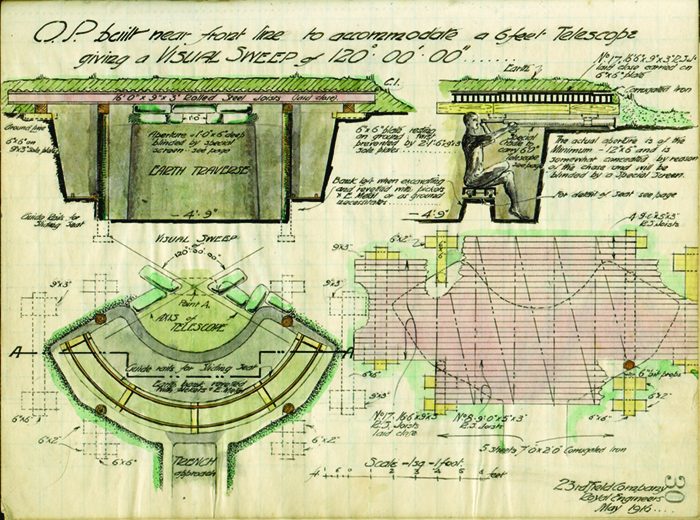
—
Peter Strickland was born in 1973, in Reading, England. His first feature, KATALIN VARGA, won the Silver Bear at the Berlin Film Festival for its sound design. His sophomore feature was BERBERIAN SOUND STUDIO (2012), followed by THE DUKE OF BURGUNDY (2014). He recently directed an audio version of the cult 70s horror, THE STONE TAPE, for BBC Radio 4.

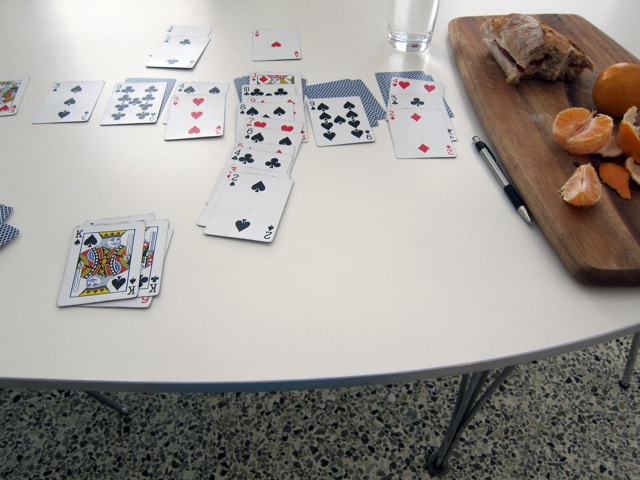
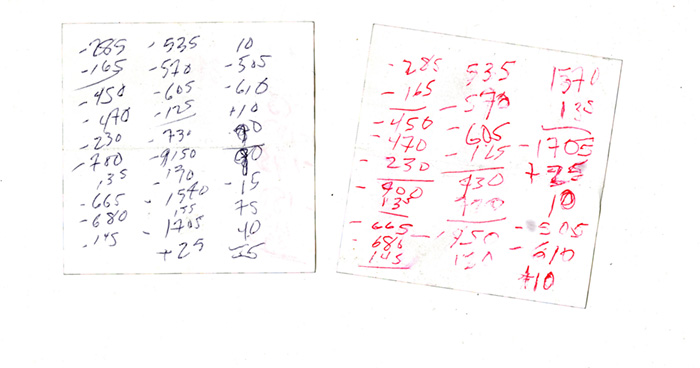














































































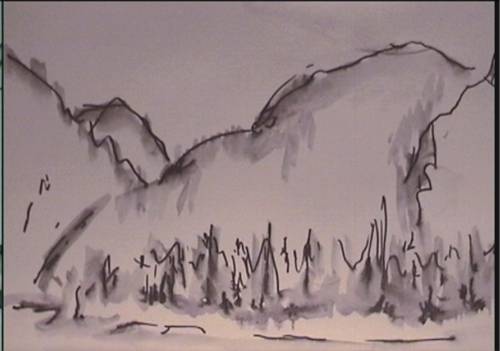 ……moments
……moments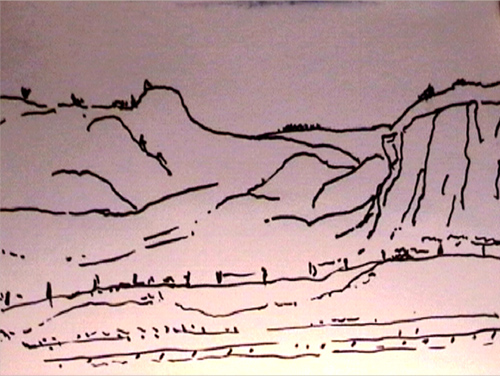 ……….coming together…
……….coming together…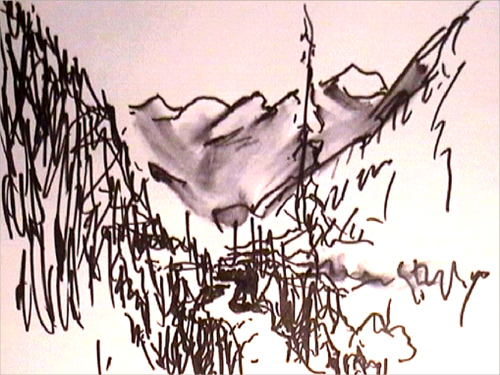 …dissolving…
…dissolving…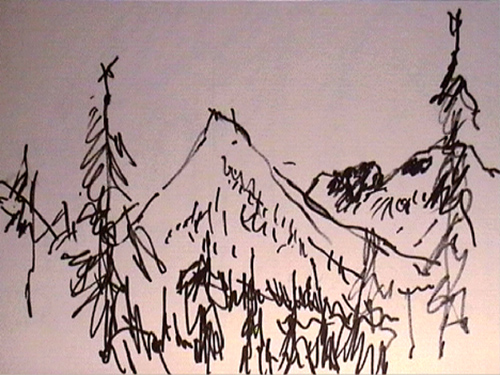
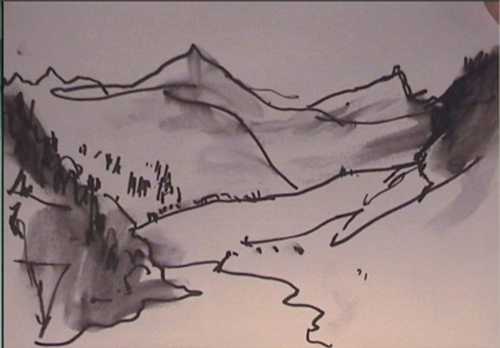 …..superimposing….
…..superimposing….